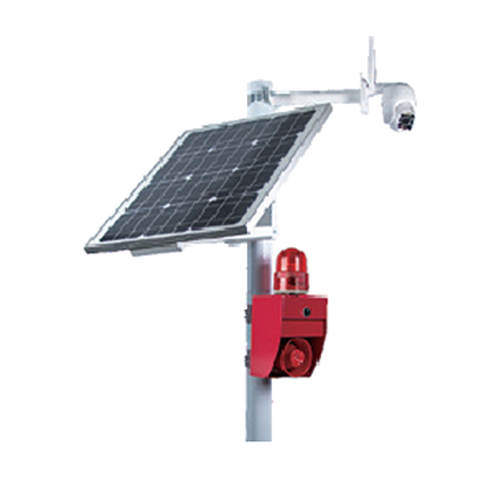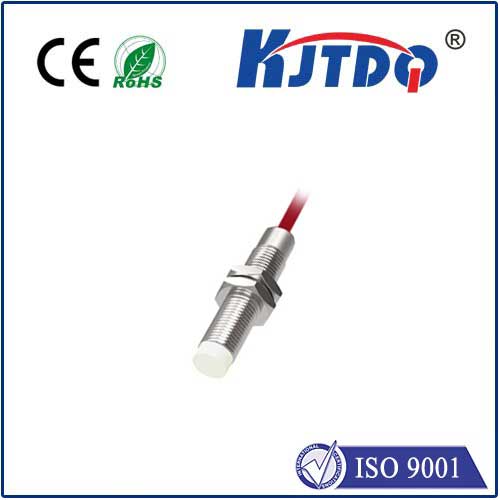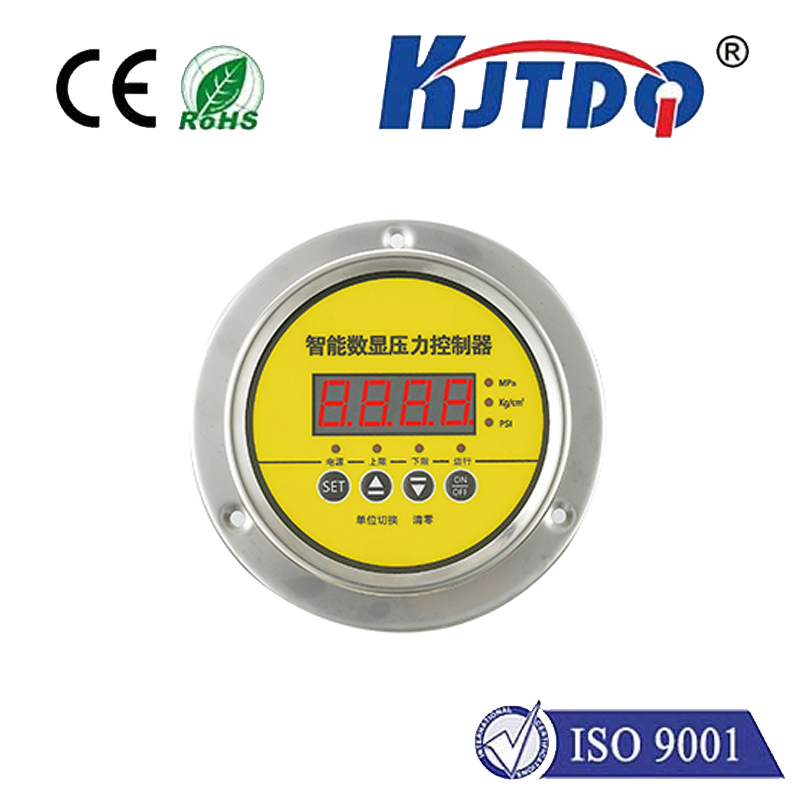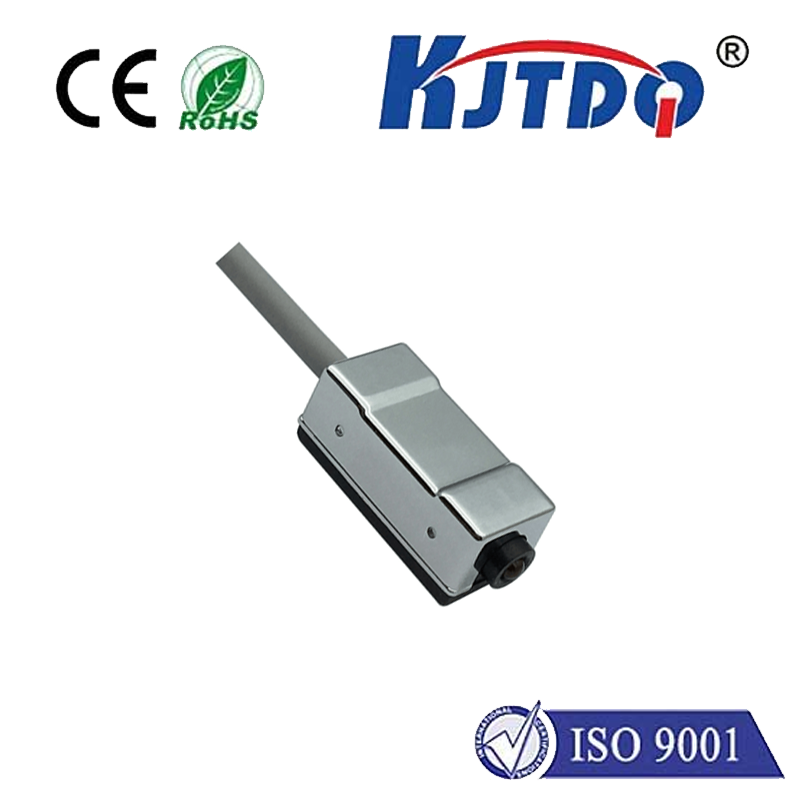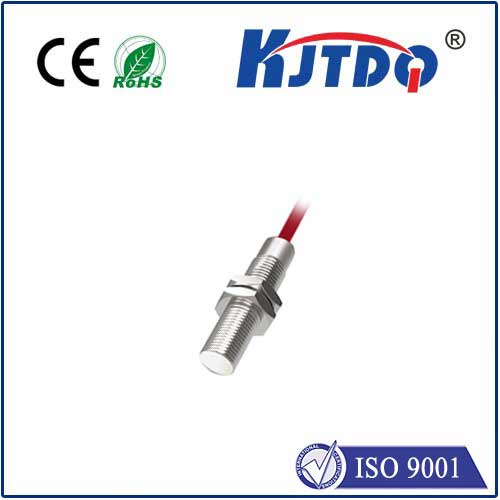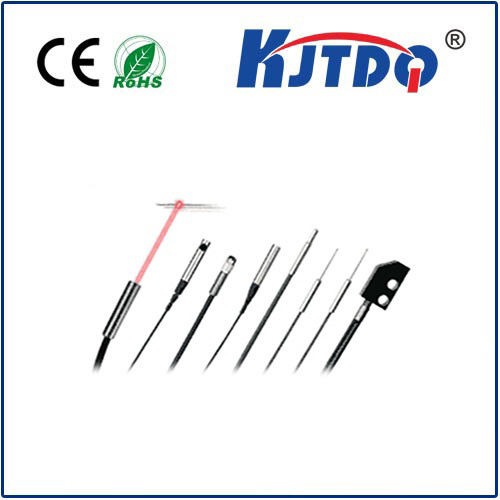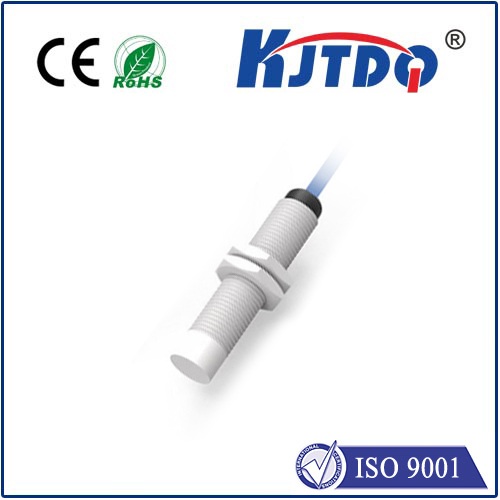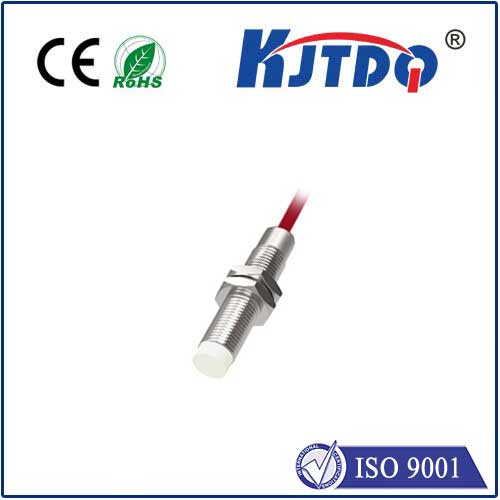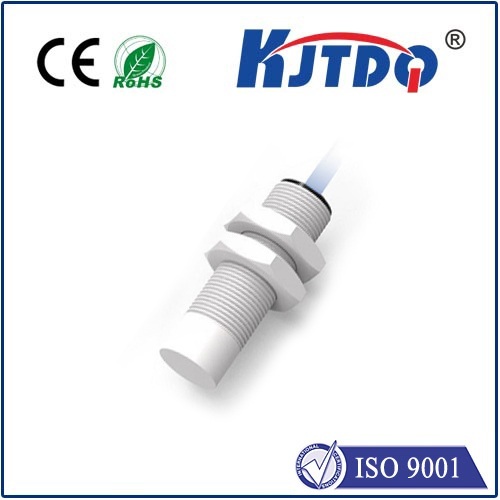Датчик дальнего действия
- time:2025-09-08 13:53:30
- Нажмите:0
The Long Range Distance Sensor: Seeing Farther to Solve Greater Challenges
Imagine a massive construction crane swaying precariously in high winds, its operator blind to critical clearance distances. Picture an autonomous delivery drone navigating complex urban landscapes at speed, needing split-second awareness of obstacles hundreds of meters away. These scenarios demand one crucial capability: precise, reliable distance measurement over significant spans. This is the domain of the Датчик дальнего действия, a technological powerhouse transforming industries by reaching where human eyesight and conventional sensors fall short.
Long range distance sensors are specialized instruments designed to accurately detect and measure the distance to objects located tens, hundreds, or even thousands of meters away. They overcome the inherent limitations of standard proximity sensors, which excel at close ranges but rapidly lose effectiveness beyond a few meters. The core principle driving these sensors involves emitting energy (light, sound, or radio waves) towards a target and precisely measuring the time it takes for the reflected signal to return. This time-of-flight (ToF) principle is fundamental. Calculating distance becomes straightforward: Distance = (Speed of Signal × Time of Flight) / 2.

Different technologies tackle long-range sensing with unique strengths:
- LiDAR (Light Detection and Ranging): Undoubtedly the dominant force for long range distance measurement, especially requiring high precision and environmental mapping. LiDAR employs pulsed laser beams. Its significant advantages lie in incredible accuracy (often millimeter-level even at hundreds of meters), the ability to generate detailed 3D point clouds of environments, and strong performance in varying light conditions. Modern long range LiDAR sensors can reliably measure distances exceeding 300 meters, with advanced models pushing kilometers. They are the cornerstone technology for autonomous vehicles, topographic surveying, forestry management, and advanced robotics.
- Radar (Radio Detection and Ranging): Utilizing radio waves, radar excels in challenging environmental conditions where optical sensors like LiDAR struggle. It penetrates fog, rain, dust, and snow with relative ease, making it indispensable for aviation, maritime navigation, weather forecasting, and long-range surveillance. Radar distance sensors are particularly valued for their robustness. While traditionally offering lower spatial resolution than LiDAR for precise object profiling, modern high-resolution radar systems are closing this gap significantly for many applications requiring remote object detection.
- Ultrasonic: While typically shorter range, specific high-power, focused ultrasonic sensors can achieve ranges up to 10-15 meters or sometimes more under ideal conditions. They fill a niche where lower cost is critical and extreme precision isn’t needed, often seen in basic industrial process control or simple level monitoring of large tanks. They are generally not the primary choice for genuinely long-range applications (>50m).
- Laser Rangefinders (Non-Scanning): These are the classic “point-and-shoot” devices, often employing pulsed laser diodes and ToF. They provide single-point distance measurements with high accuracy over long distances (common models range 500m to several kilometers). Widely used in surveying, hunting, golf, construction layout, and military targeting, they represent a mature and highly effective solution for precise point distance acquisition.
The impact of long range distance sensors is profound and constantly expanding:
- Autonomous Navigation: Essential for self-driving cars, drones (UAVs), and robotic platforms. Long range LiDAR and radar allow these systems to “see” far ahead, plan paths, avoid collisions with distant obstacles, and navigate safely at high speeds.
- Industrial Automation & Safety: Monitoring large machinery clearances, tracking position on vast factory floors or stockyards, ensuring safe distances around heavy equipment like cranes or gantries. They enable remote monitoring of hazardous or inaccessible areas, replacing manual inspections.
- Security & Surveillance: Protecting extensive perimeters, borders, or critical infrastructure by detecting intrusions hundreds of meters away. Long range LiDAR can create virtual fences with high precision.
- Сельское хозяйство: Enabling precision farming techniques like drone-based field mapping for yield prediction, variable rate application (water, fertilizer, pesticides), and monitoring large herds over expansive ranches, supporting remote object detection of livestock or equipment.
- Construction & Surveying: Accurately measuring distances for site layout, grading, volume calculations (e.g., stockpiles), monitoring structural deformation of bridges or dams, and ensuring crane safety through long range distance measurement.
- Energy: Inspecting wind turbine blades for damage from safe ground distances, monitoring solar farm integrity, or surveying power line corridors for encroaching vegetation using long range LiDAR sensors.
- Mining: Monitoring large open-pit slopes for stability, measuring stockpile volumes, and automating large haul truck operations safely.
The advantages of deploying these sophisticated sensors are compelling:
- Unmatched Range: Reach targets far beyond the capability of standard sensors, solving problems previously deemed impractical or too expensive to monitor remotely.
- High Accuracy & Precision: Achieve measurements accurate to millimeters or centimeters even at hundreds of meters, providing reliable data for critical systems.
- Non-Contact Measurement: Measure distances without physically touching the target, crucial for delicate objects, moving machinery, or hazardous environments.
- Повышение безопасности: Proactively identify potential collisions, monitor dangerous areas remotely, and prevent accidents by providing early warning systems. Long range distance sensors are literal lifesavers in many industrial settings.
- Increased Efficiency & Automation: Enable automation on a larger scale, optimize logistics and movement in vast spaces, and reduce the need for manual measurement and inspection, leading to significant cost savings.
- Robust Performance: Technologies like radar operate effectively in adverse weather (fog, rain, snow), and LiDAR performs well in variable lighting, making them reliable choices for remote object detection in demanding environments.
Choosing the right Датчик дальнего действия involves careful consideration:
- Required Range: What is the minimum and maximum distance you need to measure reliably? Be realistic about environmental factors.
- Accuracy & Resolution: How precise do the measurements need to be? Is point measurement sufficient, or do you need full environmental mapping (point clouds)?
- Target Properties: What are you measuring? Reflectivity, size, and material significantly impact sensor performance (especially LiDAR). Radar handles low reflectivity targets well.
- Environment: Consider factors like ambient light (for optical sensors), weather conditions (rain, fog, dust), temperature extremes, and potential obstructions.
- Field of View: Does the application require a wide field of view to scan an area, or a very narrow beam for precise point measurement?
- Budget & Integration: Costs vary significantly between technologies and specific models. Consider ease of integration with existing systems (output interfaces, software compatibility).
The future of long range distance measurement is incredibly bright. Continuous innovation drives:
- Longer detection ranges with higher precision.
- Lower costs, making advanced sensing accessible to more applications.
- Enhanced sensor fusion algorithms combining LiDAR, radar, cameras, and other data for more robust perception.
- Miniaturization, enabling deployment on

